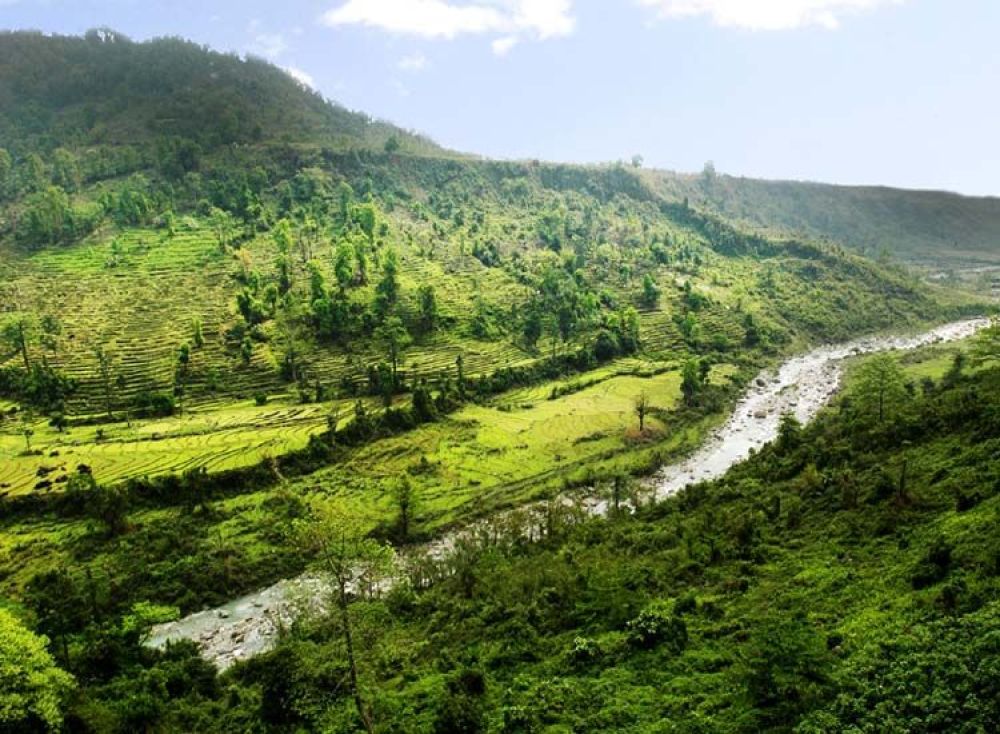

The story of tourism in Jalpaiguri, located in the heart of North Bengal, India, can be traced back to the British colonial era. This region was first put on the map as a result of its rich tea plantations, which brought in British planters and, subsequently, a flow of visitors interested in the tea-making process and the serene beauty of the tea gardens. Over time, Jalpaiguri's attractive landscapes, including its vast forests, rivers, and wildlife, were discovered by adventurers and travelers, laying the foundation for tourism.
After India gained independence in 1947, Jalpaiguri started to develop its own identity as a tourist destination. The establishment of the Jaldapara Wildlife Sanctuary in 1941, which is home to the rare one-horned rhinoceros, and the Gorumara National Park in 1992, boosted regional tourism significantly. With the creation of national parks, wildlife safaris, and eco-tourism began to flourish.
In the later 20th century, Jalpaiguri saw further development in terms of travel infrastructure, with the improvement of road and rail networks that encouraged both domestic and international tourists to explore the region with greater ease.
Heritage sites like the Buxa Fort and the Rabdentse Ruins have been part of Jalpaiguri's allure for history buffs, while the Teesta River has become a hotspot for adventure tourism, offering white-water rafting experiences. This blend of cultural richness and thrill has expanded the scope of Jalpaiguri's tourism sector immensely.
In recent years, the focus on sustainable and responsible tourism practices has gained prominence in Jalpaiguri. Homestays and eco-friendly resorts have begun to emerge, allowing visitors to support local communities while immersing themselves in the regional way of life.
Tea tourism has also seen a resurgence, with tea estates offering guided tours, tastings, and even accommodation to provide a closer look at the tea culture in Jalpaiguri. In addition, the demand for wildlife photography and bird watching tours has seen a sharp increase, catering to a niche yet growing group of nature enthusiasts.
Furthermore, cultural festivals such as the Teesta Tea & Tourism Fest and various local haats (rural markets) have become vital in showcasing Jalpaiguri's cultural heritage and attracting tourists who are keen to experience the region's unique traditions and cuisine.
While tourism remains a vital source of revenue for Jalpaiguri, it also faces challenges such as balancing development with conservation and ensuring tourist activities do not disrupt local ecosystems and communities. As the region looks ahead, a concerted effort towards eco-friendly policies and practices is expected to help preserve Jalpaiguri's natural and cultural treasures for future generations of travelers.
The evolution of tourism in Jalpaiguri mirrors its journey from a hidden gem to a well-regarded travel destination in West Bengal. Its continuous adaptation to tourism trends while holding steadfast to its ecological and historical roots is what makes Jalpaiguri's tourism trajectory a fascinating one to watch.